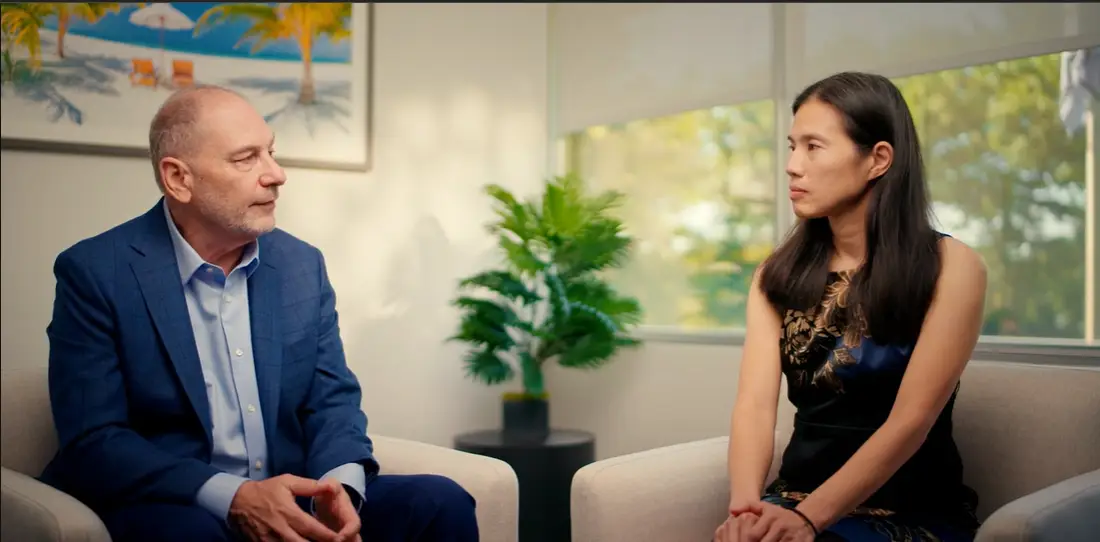Say hello to
navigating your next chapter.
Financial Planning After Divorce
Divorce
Rebuilding your financial future after divorce —supporting you every step of the way
We understand the profound impact divorce can have on your life and finances. Beyond the emotional toll, divorce brings complex financial challenges that require careful planning to maintain stability. Whether you’re contemplating, in the midst of, or completing a divorce, our Certified Financial Planner professionals at Heller Wealth Management provide guidance to help you navigate each stage with clarity and confidence.
Divorce
Discover how a clear plan and guidance can help.

Play Video
Financial Planning For Divorce
10 Critical Steps to Take Once Your Divorce Agreement is in Place
Divorce is challenging, but a clear financial plan can help you regain control. As highlighted in our website case study of Matthew, a stay-at-home dad post-divorce, working with a professional team can bring calm and confidence. Explore Heller Wealth Management’s ‘10 Critical Steps After Divorce’ below, and contact us for a complimentary conversation. We look forward to connecting with you.
Navigate post-divorce finances with confidence
"Thanks for your help recently and over the years. The whole divorce ordeal had a heavy toll on me, but I'm glad you were in my corner."*
David M. Mahalick, PhD, ABPN
Pediatric & Adult Clinical Neuropsychology Board-Certified
*All testimonials are provided by clients of Heller Wealth Management and have been provided voluntary. No financial compensation has been given in exchange for this testimonial.
Life Transitions
Loss of a loved one
Dealing with the significant life and financial changes during this very emotional time can be managed without feeling overwhelmed and uncertain.
Life Transitions
Retirement
While difficult, navigating financial challenges can be made more manageable with thoughtful planning and realistic decision making.
